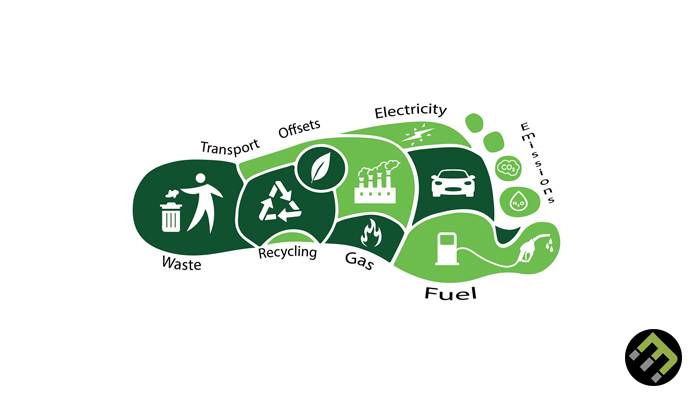When it comes to industrial effluent treatment there are many different ways in which the process can be achieved, but more and more, thanks to an increased consideration of the environment, reed beds are being incorporated into the operations of companies. This version of industrial effluent treatment is not new and in fact has been used informally for hundreds or even thousands of years, but it's only in the last 60 years that the concept has been formalised into an applicable technology.
In today’s water purification industry the use of reed beds has become much more widely accepted as a primary method in the industrial sector. But how exactly does it work effectively?
Horizontal passive reedbeds
When it comes to low level effluent ‘polishing’ treatment, the process is exceptionally effective. When the reed bed is reliant on the diffusion of air into the bed to fuel microbial degradation, as in the case of a horizontal, saturated flow across the beds, the process works passively and rather perfectly
Constructed Wetland Systems
In recent years, sustainable development and the need to reduce our carbon footprint has been the focus of many industry decisions with regards their progression. In turn, industrial effluent treatment systems that comply with this vision have seen a concurrent increase in demand. The use of constructed wetlands has risen dramatically, alongside the increased understanding of how these processes work, and can be manipulated to function at their most effective, offering higher levels of outcome. There are many different systems available and the designs vary depending on the effluents dealt with.
It is positive news that today it’s not unusual for wetland systems to treat raw sewage, discharge and even deal with the management of sludge. Specialised sludge systems trap solids on the surface and, while the liquids pass through the bed for treatment by the microbial biomass, the solids are composted. As the biomass naturally grows in the bed, the process is completely carbon neutral.
Benefits of Reed Bed Installation
There are so many positives when it comes to using this kind of industrial effluent treatment. They include:
Environment protection Sustainable alternative to the norm No moving parts required Low maintenance Low cost Hard wearing
Aerated Vertical Flow Reed Beds
As with all systems, there are always developments that are ongoing to increase efficiency and in the last 10 years the concept of aerated reed beds has taken off. They have proven to offer a more consistent efficacy rate and more capability, both which come at a lower capital cost and more flexibility in terms of where the technology can be used.
It is great news that our industries are thinking progressively about its options when it comes to cleaning water and helping companies reduce their carbon footprint. For anyone considering the reed bed option, get in touch with the industrial effluent treatment experts and they will be on hand to help you get your new system installed.


